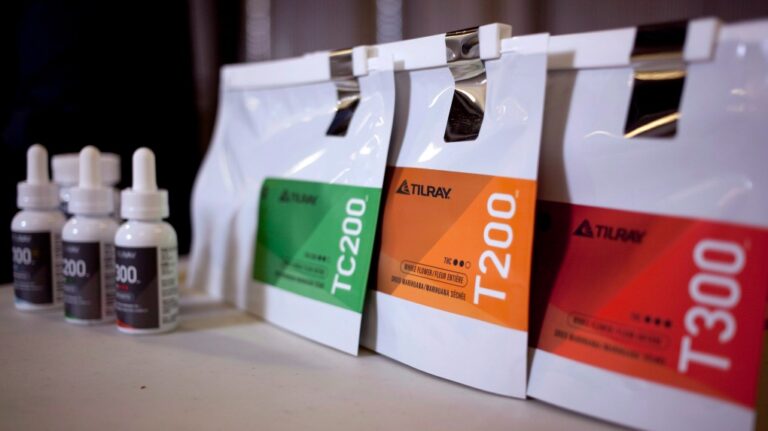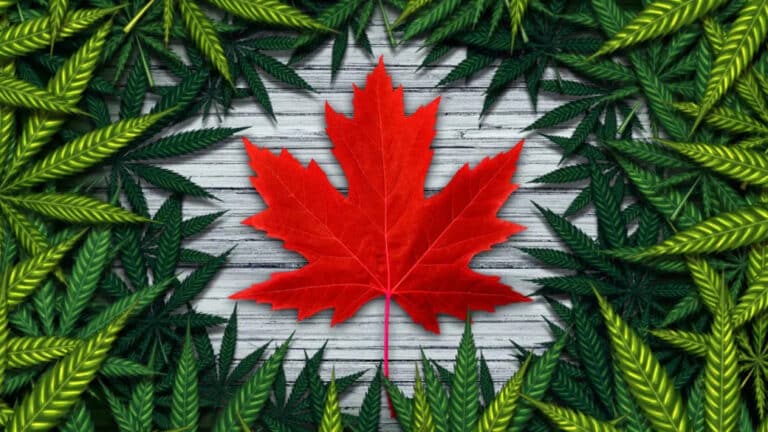According to a recent federally funded study, people who live in places where recreational marijuana is allowed had lower rates of alcohol use disorder (AUD) than people who reside in areas where cannabis is still prohibited.
Researchers studied 240 sets of twins where one twin resided in a state where marijuana use is allowed while the other does not. They discovered that although there was no significant difference in overall alcohol consumption, people who lived in places where marijuana was legal were “less likely to risk injury while under the influence of alcohol” than their twin who lived in a state where marijuana was still illegal.
Cannabis use increased and AUD symptoms decreased after recreational legalization, but other maladaptations were not linked to it, according to researchers at the University of Colorado and University of Minnesota.
However, the peer-reviewed study issued a warning that this data is “difficult to interpret and needs greater exploration in future work.” It was published last week in the journal Psychological Medicine. The authors made an effort to quantify the impacts of cannabis use for recreational purposes on substance use, daily functioning, and the susceptibility of vulnerable individuals to potential adverse effects. The findings indicated legalization might be associated with higher cannabis use, cigarette use, and financial distress but not with an increase in cannabis use disorder.
According to the researchers, “we assessed a broad variety of outcomes, including other substance use, substance dependency, disordered personality, externalizing and legal difficulties, relationship agreement, workplace behavior, civic involvement, and cognition.” However, they concluded that “the majority of these domains did not experience any negative or protective effects, and we did not discover any enhanced sensitivity provided by existing risk factors.”
The reason why the researchers’ findings did not show a correlation between the legalization of cannabis and an increase in psychosocial disorders may be because adult-use marijuana laws may increase consumption among occasional or light users rather than heavy users regardless of criminalization, according to the researchers.
The study, which was funded by funding from the National Institutes of Health, came to the conclusion that “continuing to target proven risk factors rather than focusing on availability may be the best way to undertake preventative and intervention initiatives.” Although the findings “imply that cannabis consumption is without risk, only that we do not identify meaningful changes in these negative outcomes as a result of legalization,” the authors cautioned that they are “reassuring with respect to public health concerns around recreational cannabis legalization.”
For the study, researchers used a co-twin model to account for early cannabis and alcohol use disorder symptoms while attempting to adjust for socialization- and genetic-related variables. Prior to the first states legalizing cannabis in 2014, the twins were first evaluated in adolescence as part of a longitudinal research. They now range in age from 24 to 49.
The study does have certain limitations, as the authors themselves noted. For instance, not all effects of cannabis usage, such as those on physical health, sleep, and motivation, or on conditions like depression and bipolar disorder, were assessed.
According to the report, the pros and cons of cannabis use account for a sizable amount of the discussion residents cannabis legal surrounding legalization. Many proponents of legalization think cannabis is less dangerous than alcohol and tobacco. However, a significant GOP Residents cannabis legal House caucus in October published a “Family Policy Agenda” opposing legalization and attempting to tie its usage to violence and suicide.
Cannabis use disorder can be linked to issues with the use of other drugs, mental illness, cognitive function, motivation, employment, and interpersonal interactions in some marijuana users. According to some data, in states where cannabis use is still illegal, people start using it younger, use it more frequently, and drive while impaired more frequently.
Cannabis use among teenagers remained steady throughout 2022, according to a recent nationally funded Monitoring the Future poll, residents cannabis legal despite additional states legalizing the drug and the relaxation of pandemic restrictions that kept many children at home with their parents.
Another study found no link between increased youth use of cannabis and state-level legalization, which was published in the American Journal of Preventive Medicine. According to the study, “young people who spent more of their adolescence under legalization were no more nor less likely to have used cannabis at age 15 years than young people who spent little or no time under legalization.”
In a study published in the journal PLOS One last year, researchers from Michigan State University suggested that in states where marijuana is legal, “cannabis retail sales might be followed by the increased occurrence of cannabis onsets for older adults,” “but not for underage persons who cannot buy cannabis products in a retail outlet.”



